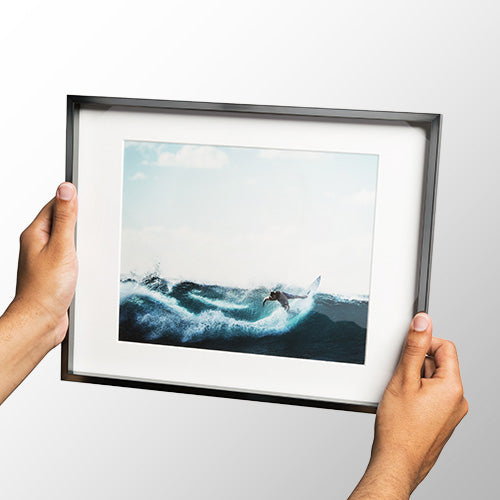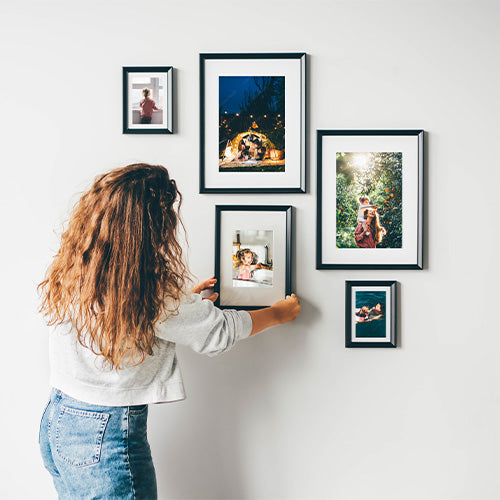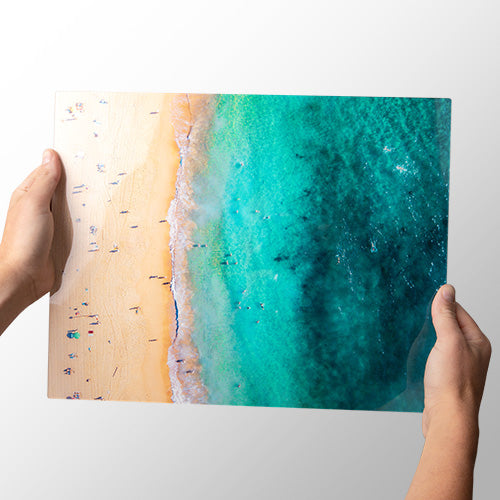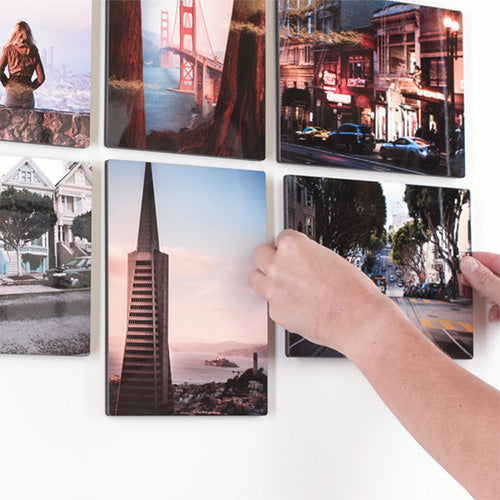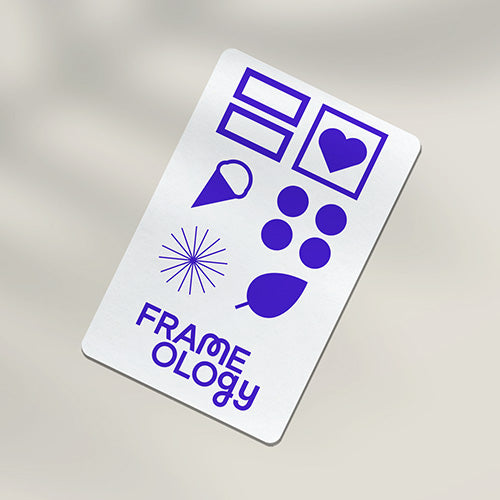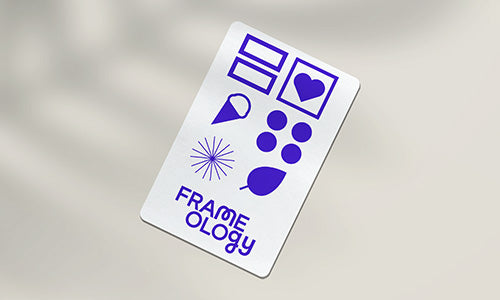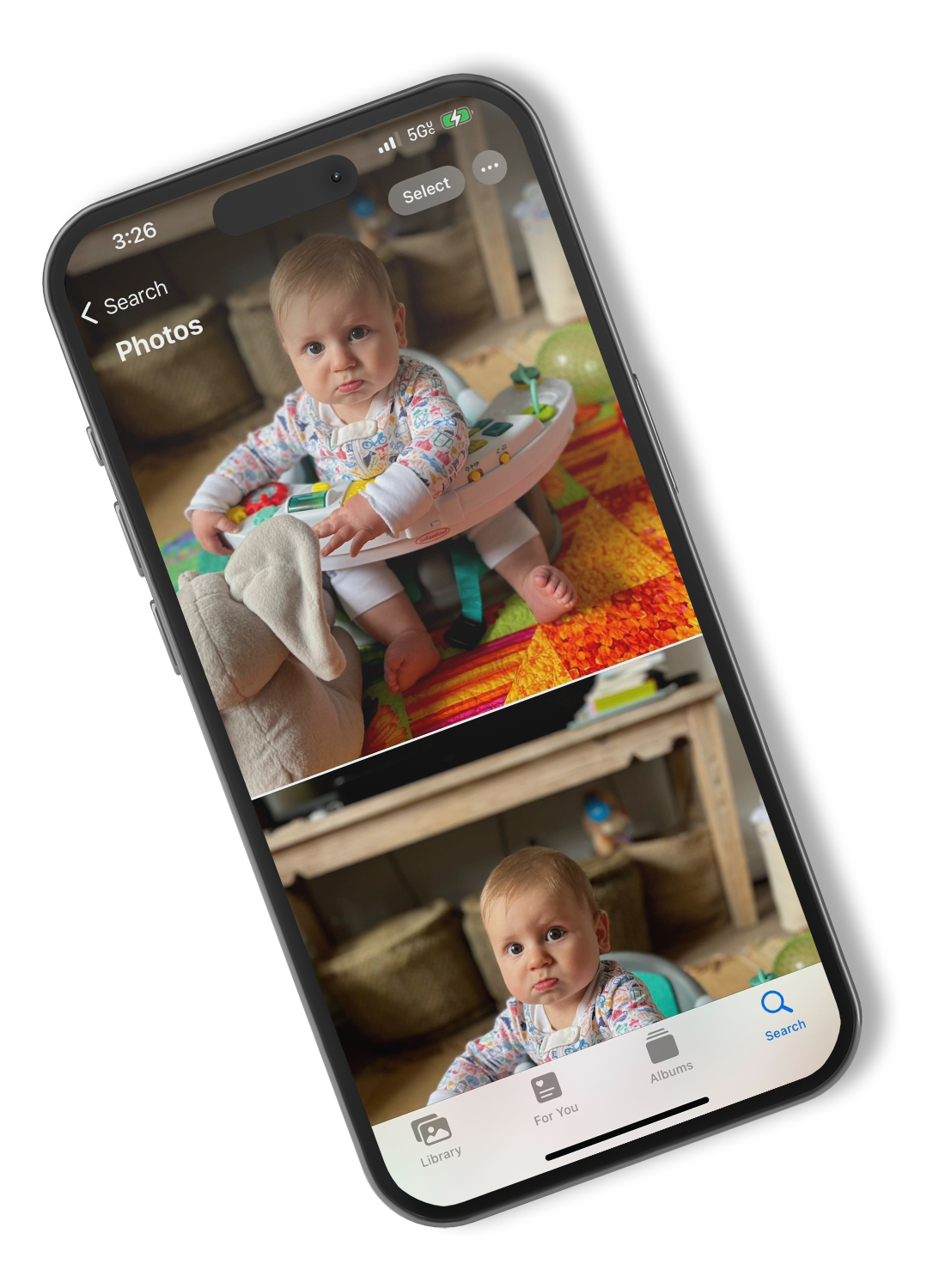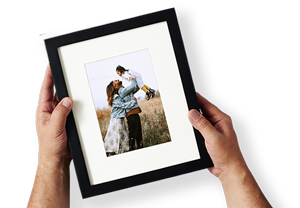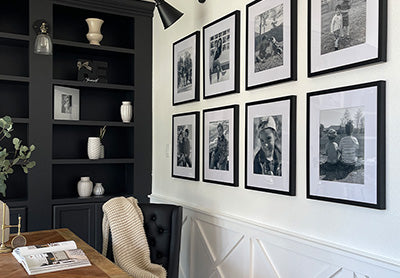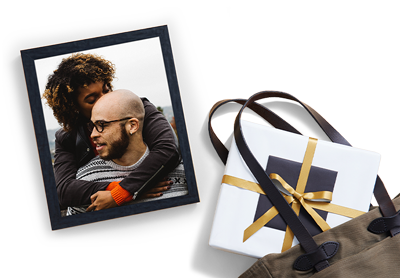4 Fantastic Vintage Portrait Lenses
Vintage film lenses offer your portraits a cinematic look, and can be very affordable compared their digital counterparts. Their unique image rendering characteristics and slight imperfections are what give them the warmth and charm that some say is missing from digital photography. Here's 4 fantastic vintage manual focus portrait lenses, and one bonus!

Photo by Milly's Cameras
Why a vintage manual focus film lens?
Early critics of digital photography said that it looked "too perfect" and that images had no life. What they were referring to, of course, was the unique way that film and lenses designed for film rendered images. Sometimes that meant film that would enhance certain colors or lenses that would add certain kinds of clarity or contrast. Modern DSLRs have very few of these kinds of "biases" or "imperfections" and so a photo taken on a Nikon DSLR with a 85mm lens will look almost exactly like a photo on a Canon with an 85mm lens. I'm generalizing of course, but the idea is that there are some vintage lenses that impart a certain "flavor" to an image.
Maybe it's the unique way it renders bokeh, or the way it softens skin, or maybe it naturally has that low contrast look that's so popular on Instagram. If you're like me, maybe you really enjoy how manually focusing helps you slow down and concentrate on what you're shooting, rather than just snapping away at whatever's in focus. Whetever the case may be, adding a vintage manual focus lens can add another layer to your creative process, something to separate you from Uncle Bob and his kit lens.
A brief introduction: How to choose and use vintage film lenses.
You could read hundreds of articles on old lenses an not even scratch the surface of what's out there. So in order to keep things simple we're going to focus only on the most basic aspects here. All the lenses we're going to cover here can be easily adapted for use on modern DSLR or Mirrorless cameras. You can find adapters for your camera and lens combo online, Fotodiox makes some excellent ones, and there are plenty available on eBay in every price range.
You can adapt nearly any lens to a modern camera going all the way back to the beginning of photography, you can even adapt non camera lenses like Xerox photocopier lenses and projector lenses. Again to keep things simple we're going to focus only on the most common types here.
Older lenses were available not just in Canon and Nikon mounts but also in dozens of other camera mounts depending on who manufactured them and what camera they were intended for. The most common types are M42 Screw Mount, Nikon (AI, AI-S etc.), Adaptall, Pentax, and Canon FD/FL. Of course there are other very popular mounts like Minolta and Olympus but we'll save those for a future blog post.

Photo by Fotodiox Pro
As a general rule:
- You can mount any Nikon lens on any Canon DSLR, sometimes with limitations.
- You cannot mount any Canon lens on any Nikon DSLR.
- You can mount almost anything to Micro Four-Thirds or Mirrorless (Panasonic, Sony)
- You can mount an M42 lens on just about any camera.
There's always exceptions and there are many unique lenses that break these rules, but if this is your first foray into vintage glass then this is a good place to start. The photo shown above is a C-Mount Lens (probably from a 16mm movie camera) mounted on a Black Magic Pocket Cinema Camera.
Good Portrait Lenses
What makes a good portrait lens is a huge topic, worthy of it's own article, needless to say we're going to simplify this part too. Generally the most flattering portrait lenses have a focal length between 50mm and 135mm with an aperture of at least f/2.8. These guidelines will give you a lens that avoids too much perspective distortion and can give a nice pleasing bokeh, which is a great way to isolate your subject from the background.
Our List of Vintage Portrait Lenses
Canon FD 50mm f/1.4 SSC:

Photo by Jeroen
I can't begin to tell you how much I love this lens. Versatile focal length, big fast 1.4 aperture, and built like a tank, this lens is a real workhorse for everything from portraits to street photography. Put it on a Full Frame like the Sony A7s and you've got a powerhouse of low-light capability. Put it on a crop sensor camera like an EOS-M and you've got an 80mm effective portrait lens. Most f/1.4 or f/1.2 lenses get very soft at their maximum aperture unless you're shelling out for something like a Zeiss Otus, but this lens stays pretty damn sharp, and for something that's often available for under $130 the Canon FD 50mm SSC is a hard value to beat.
The SSC part starts for "Super Spectral Coating" which was Canon's marketing buzzword for it's premium multicoated lenses in the 70s and 80s. I would argue that in many situations this thing is as sharp as some L glass. With an all metal constrution, beefy aperture ring, and smooth focusing, the 50mm 1.4 SSC is real joy to use. Beware of fungus though as it will ruin the coating that makes these lenses so crisp.
Adapters for MFT, Canon EOS-M, and Sony A mount are available. Unfortunately this one won't mount on Nikon or Canon DSLR bodies without extra optics that will reduce the image quality.
Image Samples

Photo by Erik Jara

Photo by Max Paran

Photo by Diaz Ko
Tamron SP 90mm f/2.5 Macro

Photo By iplaylens
Tamron of course is still in business and makes some excellent lenses today, but that doesn't mean we should overlook their older designs. This 90mm 2.5 Macro was available with an Adaptall Mount, which meant that you could swap out the rear mount and use them on Canon, Nikon, and Pentax bodies, making it a very versatile lens. You might think it's a bit of an odd choice, but Macro lenses are often great for portraits, as they tend to have wide apertures, sharp optics, and of course close focusing capability.
The great thing about using old lenses is that you can find some hidden gems that will really surprise you with their results. I think this Tamron is a great example of an unknown gem of a lens that will surprise you At 90mm it has a touch more reach than a typical 85mm portrait lens, the 2.5 aperture gives a very pleasing background blur, and it's pretty damn sharp.
The best part? You can often find them for under $100 on eBay. There's also a Vivitar 90mm 2.5 that's a bit sharper and with less chromatic aberration, but at double or triple the price of the Tamron it's hard to justify. Just be aware that on some cameras you can get bluish purple halo at the center of your images, due to the design of the digital sensor. Not all cameras exhibit this and some people may not be bothered by it if it does.
Image Samples

Photo by Andreas Voigt

Photo by Aure Vanc

Photo by Claudy.blc
Zenit Helios 85mm f/1.5 40-2

Photo by Richard
I'm going to start off by saying that I don't love the term "Bokeh Monster", but there's no better way to describe the glorious Helios 40-2. Coming in at very portrait-friendly 85mm and featuring a big f/1.5 aperture, this lens was originally created a Russian copy of a much more expensive Leica design. It's a favorite among many portrait shooters for its lovely bokeh that is both swirly and frenetic. Most people have a "love it" or "hate it" reaction to this look, and while it's not suitable for everything, it's definitely a unique style.
The nice bonus here is that it's relatively compact for it's size, at least compared to lenses like the Canon 85mm 1.2L, but with it's Russian all-metal construction you're certainly not going to mistake it for a modern lens.
Despite huge price hikes over the years (they're not exactly making more of these and people tend to hold onto them) the Zenit Helios 85mm is still relatively affordable, coming in between $200 and $300 on eBay.
Image Samples

Photo by EL3 Imagery

Photo by David Yu
Vivitar / Sears / JC Penney & Pentax (Takumar) 135mm f/2.8
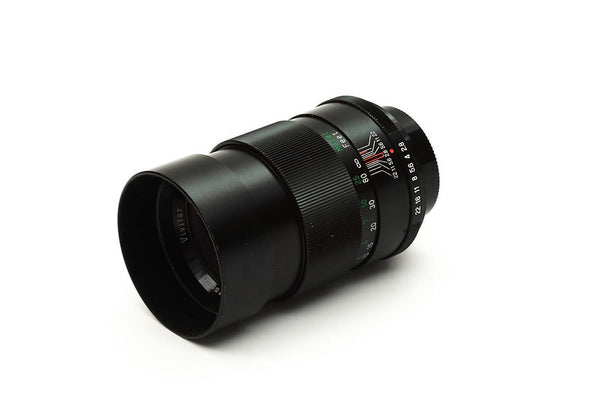
So this is technically half a dozen different lenses. I'm counting them as one because I think an old-school 135mm 2.8 is a great addition to your kit. The Vivitar/Sears/JC Penney brands (and many others) were mostly made by Tokina and rebranded depending on who was selling them. The Takumars were a somewhat similar design but much better made, I believe by Tamron, but I don't have confirmation on that.
Quite a bit longer in focal length than what most people think of as portrait lenses, the extra reach afforded by the 135mm length means you can really get in close on your subject. This is great for candid street shots and landscape nudes where you really want to compress the foreground and background. Despite being a somewhat generic lens, you can get great results out of these, especially considering you can pick up a decent copy for as little as $25 online.
Whether you go for the lower priced generics (still great lenses) or the pricier Takumars, you'll find some really charming quirks to these lenses.
Image Samples

Photo by Sean Zujkowski

Photo by Jared RL
Bonus: Lomography Petzval 85mm f/2.2

Over 160 years ago Joseph Petzval created a lens that would become loved by portrait photographers at the time. The unique optical characteristics of its design created a portrait style that people now think of as an old-time film look. Because of its field curvature and swirling bokeh, it looks completely unlike almost any other lens out there. Unfortunately adapting 170 year old lenses to modern DSLRs is quite a challenge. Luckily for us Lomography came along and, with a little help from Kickstarter, revived the Petzval design so that it could be mounted to modern cameras.
Unlike even the most manual of manual lenses here, this guy doesn't even have a focus ring or aperture ring, instead focus is controlled by an adjustment knob at the base and aperture is a series of drop in rings. If you ever struggled with focusing and stopping down an original Lensbaby, I would argue that this is a similar experience. The results when you get it right however, are nothing short of breathtaking.
You could definitely use this lens at other apertures and for things like landscape, but for me the New Petzval is all about the portraits. I think it's especially well suited to formal wedding or engagement portraits. The only lens that comes close for me is the Helios mentioned above.
Image Samples

Photo by Djayawarman Alamprabu

Photo Nigal Raymond
